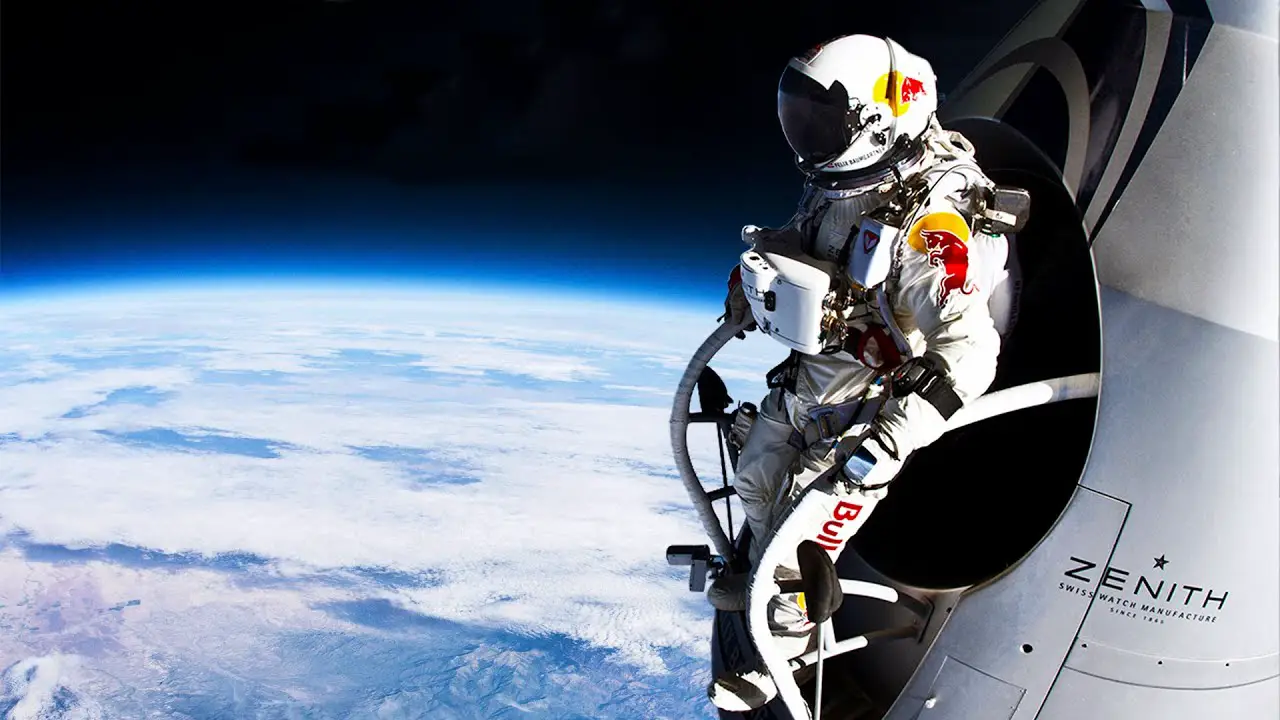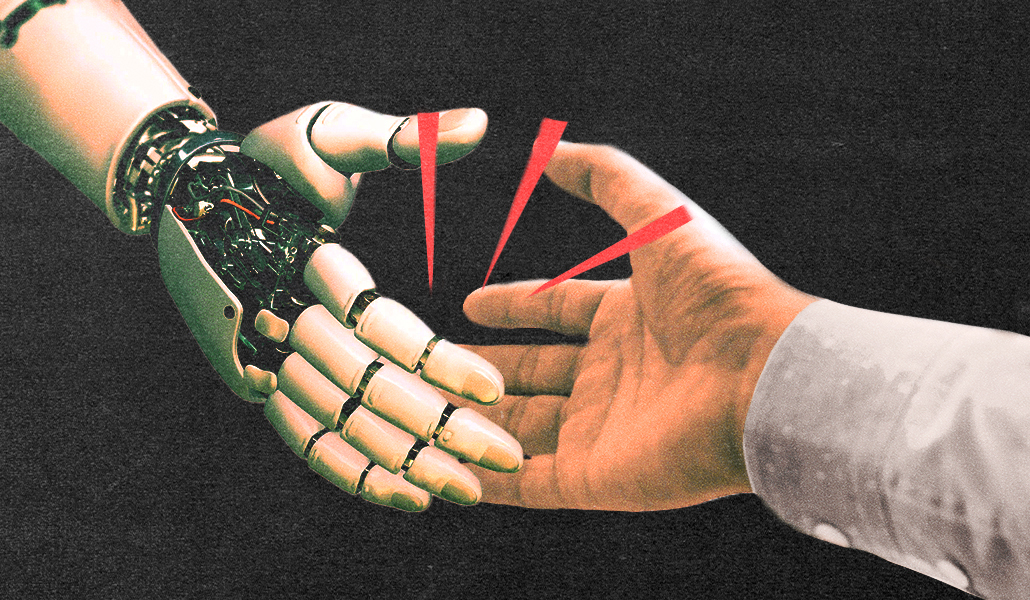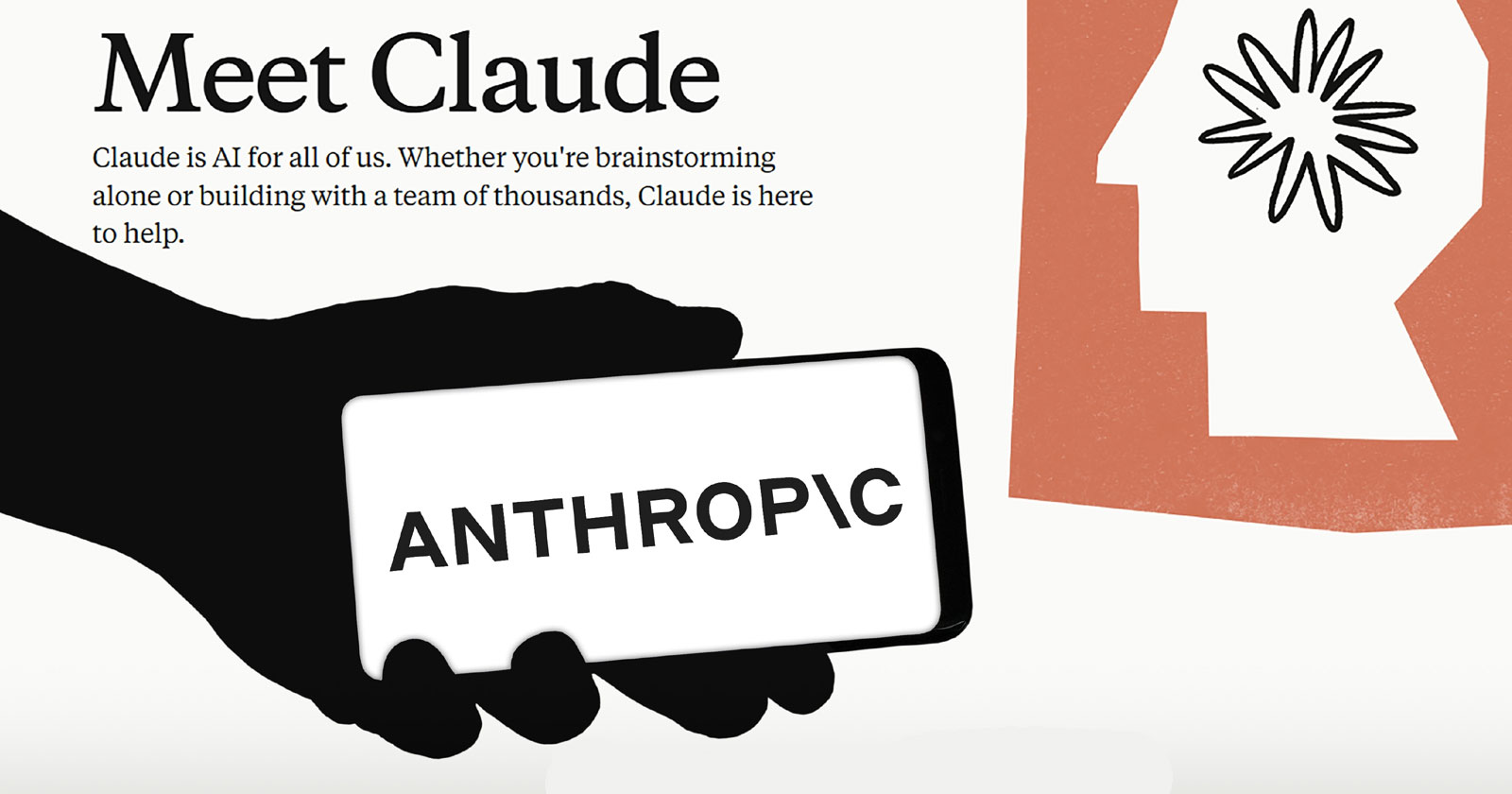SHROUD
Industrialization has ravaged Earth, and the Concerns (i.e., corporations) that govern the planet are desperate for resources and locations to colonize. Everyone or everything must be of use to the Concerns, or they’ll be discarded. So the scientific team in orbit around Shroud, a moon with an extraordinary amount of electromagnetic radiation and what actually seems to be some form of life, is under a great deal of pressure from its bosses to produce profitable results that will allow the planetary system to be more efficiently mined for raw materials and made ready for colonization. Then an accident in space leads to part of the team crashing onto the surface of Shroud inside an explorer pod. Their desperate attempt to find a way to call for help that will get through the considerable electromagnetic interference sparks many fraught encounters with what appears to be roving crowds of eyeless monsters, but are actually aspects of a sophisticated, multibodied hive mind trying to figure out what exactly the pod is. The humans and the alien collective on Shroud have very different ideas about what a life form is, how communication and information retrieval should be conducted, and how to recognize sentience. These misunderstandings verge on the deadly and ultimately prove transformative to both parties. The plot of this novel, driven by a disaster that strands humans among dangerous aliens, concerns a repressive government whose strong resistance to an equitable first contact is met by potentially stronger resistance from the alien contactee(s). As such, it is more than a little reminiscent of the author’s Hugo-nominated Alien Clay (2024), even if the government and the alien are quite different. While it reads like a meditation on the same theme, especially in the relevance of its socioeconomic and political milieu to contemporary circumstances, it is also well crafted and full of tense moments, building up to an emotional gut punch.


Industrialization has ravaged Earth, and the Concerns (i.e., corporations) that govern the planet are desperate for resources and locations to colonize. Everyone or everything must be of use to the Concerns, or they’ll be discarded. So the scientific team in orbit around Shroud, a moon with an extraordinary amount of electromagnetic radiation and what actually seems to be some form of life, is under a great deal of pressure from its bosses to produce profitable results that will allow the planetary system to be more efficiently mined for raw materials and made ready for colonization. Then an accident in space leads to part of the team crashing onto the surface of Shroud inside an explorer pod. Their desperate attempt to find a way to call for help that will get through the considerable electromagnetic interference sparks many fraught encounters with what appears to be roving crowds of eyeless monsters, but are actually aspects of a sophisticated, multibodied hive mind trying to figure out what exactly the pod is. The humans and the alien collective on Shroud have very different ideas about what a life form is, how communication and information retrieval should be conducted, and how to recognize sentience. These misunderstandings verge on the deadly and ultimately prove transformative to both parties. The plot of this novel, driven by a disaster that strands humans among dangerous aliens, concerns a repressive government whose strong resistance to an equitable first contact is met by potentially stronger resistance from the alien contactee(s). As such, it is more than a little reminiscent of the author’s Hugo-nominated Alien Clay (2024), even if the government and the alien are quite different. While it reads like a meditation on the same theme, especially in the relevance of its socioeconomic and political milieu to contemporary circumstances, it is also well crafted and full of tense moments, building up to an emotional gut punch.






















![How To Launch, Grow, and Scale a Community That Supports Your Brand [MozCon 2025 Speaker Series]](https://moz.com/images/blog/banners/Mozcon2025_SpeakerBlogHeader_1180x400_Areej-abuali_London.png?auto=compress,format&fit=crop&dm=1747732165&s=beb7825c980a8c74f9a756ec91c8d68b#)
![Clicks Don’t Pay the Bills: Use This Audit Framework To Prove Content Revenue [Mozcon 2025 Speaker Series]](https://moz.com/images/blog/banners/Mozcon2025_SpeakerBlogHeader_1180x400_Hellen_London.png?auto=compress,format&fit=crop&dm=1747758249&s=9f3c5b1b7421f862beace1cb513053bb#)
![How To Create an Integrated Strategy That Increases Brand Mentions and Visibility [Mozcon 2025 Speaker Series]](https://moz.com/images/blog/banners/Mozcon2025_SpeakerBlogHeader_1180x400_JamesH_London.png?auto=compress,format&fit=crop&dm=1747780409&s=9bf9f0a2623b4a8be6eaf8f235115505#)








.png)

















![The 11 Best Landing Page Builder Software Tools [2025]](https://www.growthmarketingpro.com/wp-content/uploads/2024/04/best-landing-page-software-hero-image-1024x618.png?#)































































![Social media image sizes for all networks [June 2025]](https://blog.hootsuite.com/wp-content/uploads/2023/01/Social-Media-Image-Sizes-2023.png)


![What you're doing wrong in your marketing emails [according to an email expert]](https://53.fs1.hubspotusercontent-na1.net/hubfs/53/jay-schwedelson-mim-blog.webp)

![These AI workflows can 10X your marketing productivity [+ video]](https://www.hubspot.com/hubfs/Untitled%20design%20-%202025-05-29T135332.005.png)




















